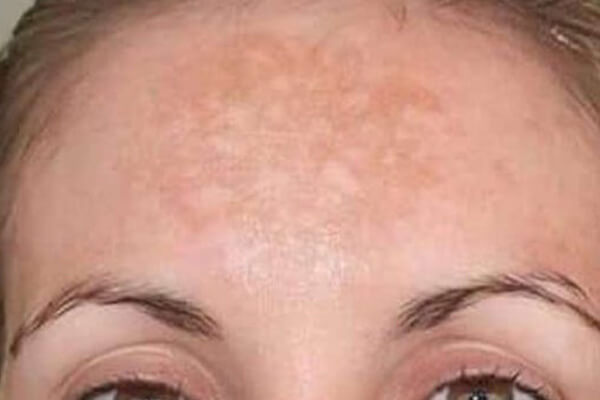Melasma
What is it?
Melasma, also known as chloasma, appears as a blotchy, brownish pigmentation on the face. It develops slowly and fades with time. The pigmentation is due to overproduction of melanin by the pigment cells, melanocytes. Melasma is most commonly triggered by ovarian disorders and can be related to menopause or pregnancy, although it is infrequently seen in men. The exact size and tone of the spots vary from person to person, but Melasma generally manifests in larger, erratic patches. These are usually a few shades darker than the skin, much like a birth mark or large clumps of freckles.
What are the causes?
There is a genetic predisposition to Melasma. Triggers include:
• Pregnancy, the pigment often fades a few months after delivery.
• Hormonal contraceptives, including oral contraceptive pills and injected progesterone.
• Sun exposure.
• Scented or deodorant soaps, toiletries and cosmetics, a phototoxic reaction.
• Unknown factors, when it arises in apparently healthy, normal, non-pregnant women.
How can it be prevented?
• Discontinuing hormonal contraception. (If proven to be the cause)
• Year-round sun protection. Use a broad-spectrum, very high protection factor sunscreen with reflectant and apply it to the whole face. Alternatively, use a make-up containing sunscreen.
• Use of medical grade antioxidants and high grade skin products.
What are the treatments?
In order to successfully treat Melasma, great discipline with regards to continuous use of sun protection is required. Based upon the severity of the condition, a variety of treatments are available such as: bleaching and topical creams, chemical peels, IPL and lasers such as Fraxel. These treatments can inhibit or remove the formation of melanin by the melanocytes. After a thorough skin diagnosis we can determine which product or procedure will best suit your needs.
• Fraxel laser
• IPL
• Phformula skin resurfacing
• Fusion mesotherapy
• Fusion mesotherapy

Get in touch to book an appointment
